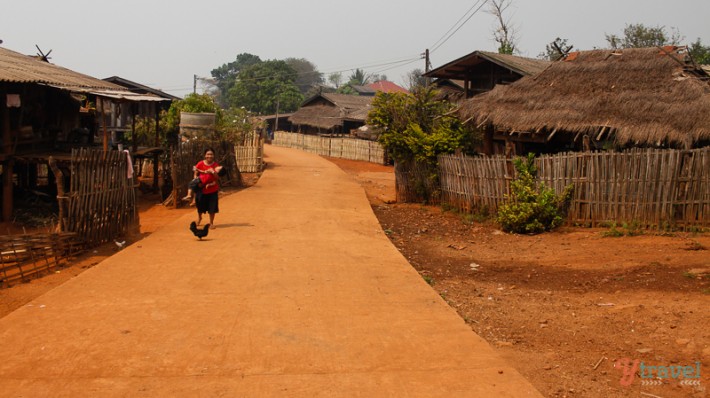This post may contain affiliate links. We may receive a small commission, at no cost to you, if you make a purchase. Read Disclosure.
If you’re looking for unique experiences in Northern Thailand, then you’ll want to head deep into Dan Lao mountain range outside of Chiang Rai. Here you will find some of the most authentic Akha villages in Southeast Asia, nestled in the foothills of the Doi Mae Salong Mountain.
The Akha people originally came to Thailand from Tibet, and migrated to Thailand in the early 20th Century. It’s estimated that 80,000 Akha hill tribe people live across the Golden Triangle, and in Thailand, in the Chiang Rai and Chiang Mai provinces.
There are hundreds of Akha villages across Thailand, Laos and Myanmar, many of which are open to tourism so that travellers can connect with the local culture and learn about their way of life.
I visited Baan Huay Kee Lek, a Akha village perched on the top of a mountain in the Chiang Rai province of Thailand. I knew as soon as we drove up the dusty and windy dirt track to the village we were in for a treat.
Here is what I discovered…
Disclaimer: My visit to the Huay Kee Lek Akha village was part of a tour with Tourism Thailand, but all thoughts, ideas and opinions in this guide are my own.
About Baan Huay Kee Lek
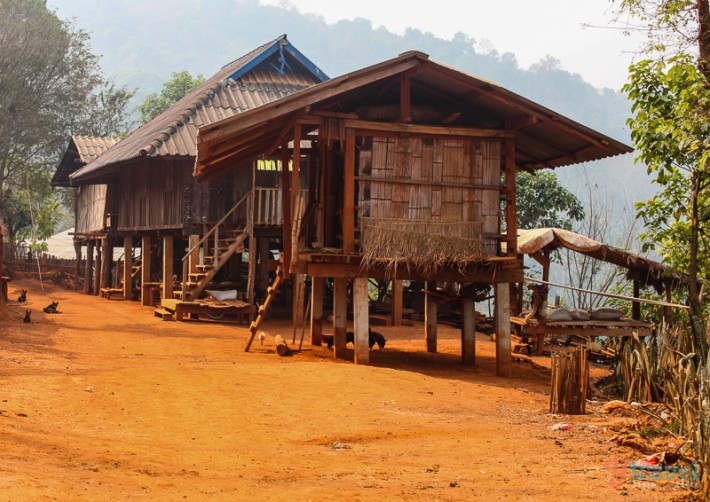
Isolated, authentic and free from groups of tourists (except for our small tour group of writers), Baan Huay Kee Lek is an Akha Hill Tribe village off the beaten path.
Baan Huay Kee Lek is located in the Chiang Rai province, in the Wawi sub-district, approximately 25 km’s from the district center of Mae Souay.
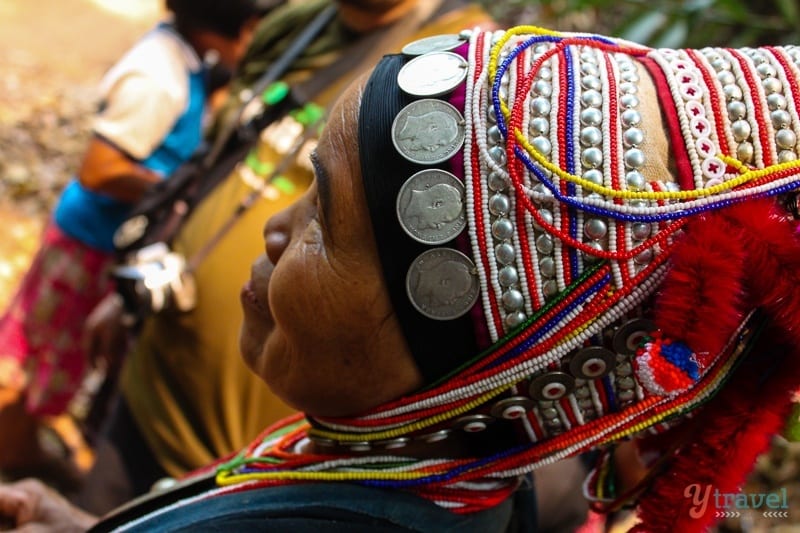
Visiting hill tribe people in Thailand is a popular experience for travellers and many of the hill tribe villages are said to be losing their identity to the tourism industry.
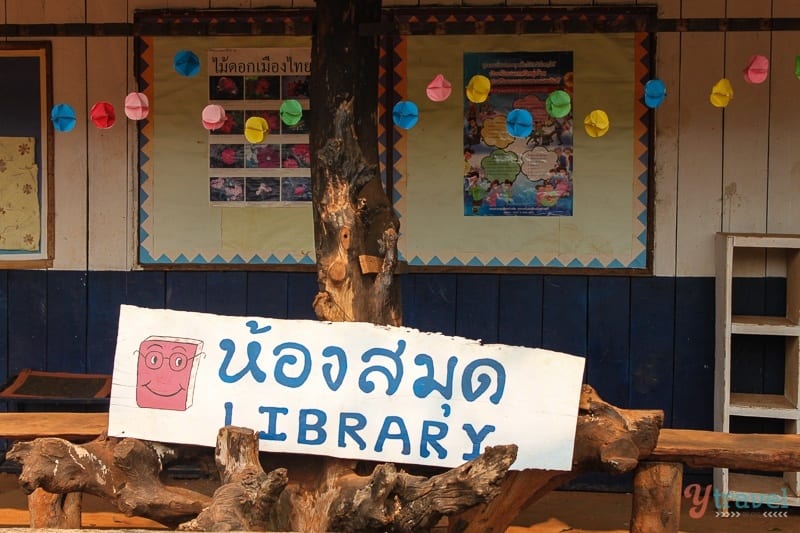
We were the first tourists to visit Huay Kee Lek. The villagers had only decided to welcome in the gawkers in 2010, and in an effort to not lose themselves to them, the Akha community created a counsel to manage it as a community based tourism project.
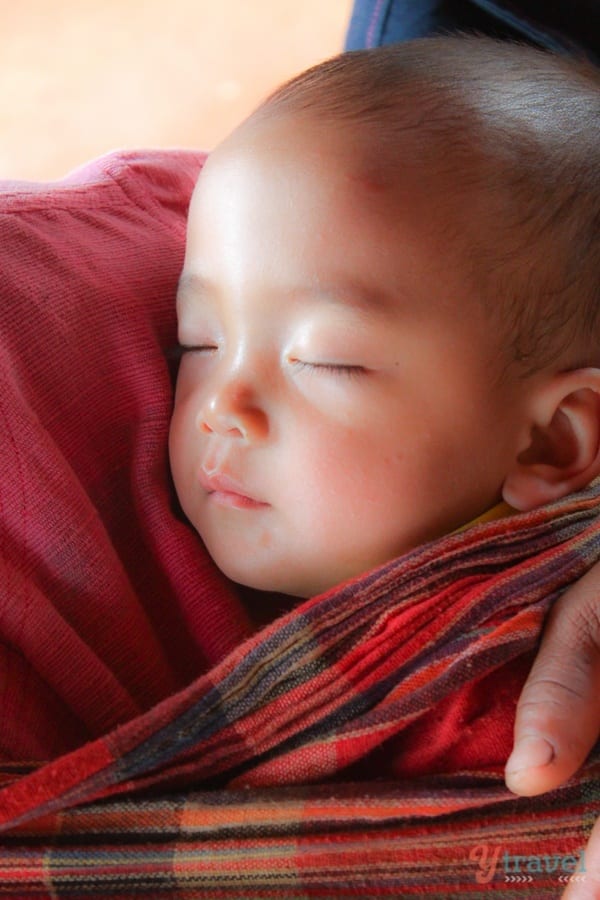
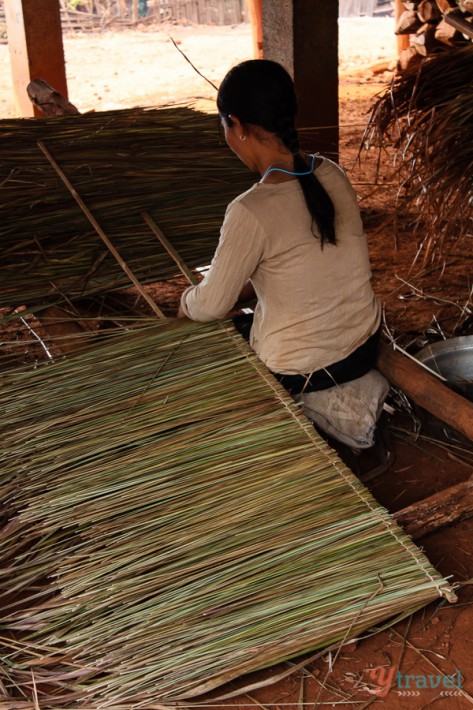
This tourism initiative aims to show the visitor the local traditions, values and lifestyle whilst conserving the value of the individual culture and environment. Visitors can stay overnight in a homestay or join the rural people in their daily lives in an effort to increase understanding and respect for each other.
This form of responsible travel allows the villagers to maintain their…
Click Here to Read the Full Original Article at y Travel Blog…
